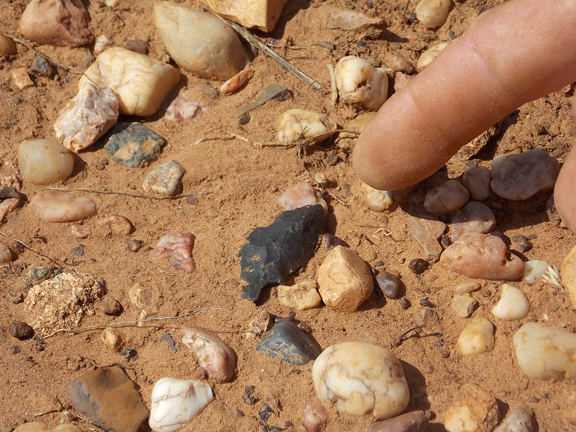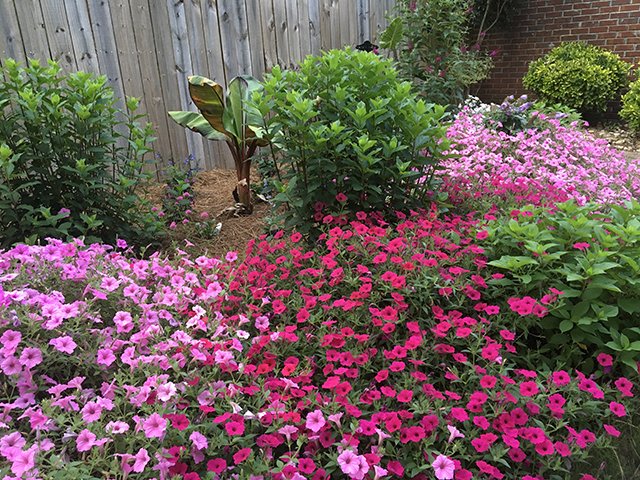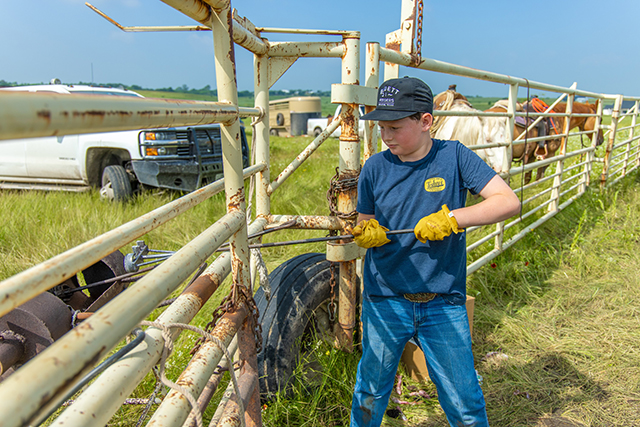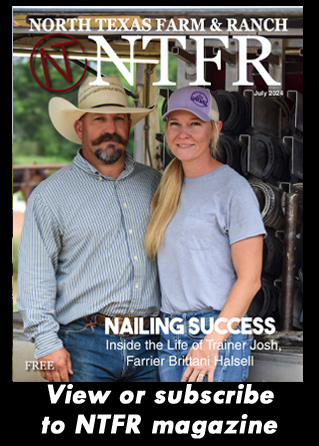Outdoor
Messages from the Past

By contributing writer Jerry Williams
On or about January 4th, 2010 a King County ranch foreman shot 51 buffalo that had strayed off the QB Pasture Reserve. A neighboring ranch foreman was charged with a thirddegree felony punishable by two to 10 years in prison and a fine up to $10,000. http://www.gosanangelo. com/news/2010/mar/13/man-to-betried-
tuesday-for-killing-51-buffalo/. The Texas Bison Association was shocked and campaigned for new legislation. Now for first time bison are protected by the Texas Estray Law authored by Sen. Craig Estes of Wichita Falls. Gov. Rick Perry signed the bill into law on May 10, 2013.
Bison once numbered in the tens of millions and were an integral part of the sustenance of the American Indian and later businessmen profited from the buffalo in their commercial enterprises. “The four main herds of buffalo in Texas migrated from northern Montana and entered Texas between the 99th and 101st meridians on established trails,” according to https://www.tshaonline. org/handbook/online/articles/tcb02. This location translates to points on County Rd B northwest of Perryton, TX, (101st meridian) and points along County Rd 126 E north east of Vernon, TX (99th meridian).
In the late 1870s and early 1880s Henrietta, TX, was a buffalo hunting center. The Old Buffalo Road ran from Cottle and Foard counties to Henrietta where Sam Satterfield had a buffalo hide storage yard that was a half mile long.
To read more pick up the March 2014 issue of North Texas Farm & Ranch.

Outdoor
Grazing North Texas

By Tony Dean, [email protected]
We all take the sun for granted. If we’re building fence on a hot July day, we try to hide from it. If we are pulling a calf on a cold January morning, we welcome a few rays coming our way. Either way, it’s always there. We can’t live without the sun. We depend on it not only for our lives, but also for our livelihood as ranchers. As part of his gift to us, God gave the process of photosynthesis. This is how grasses grow.
Photosynthesis is the process plants use to sustain themselves. Plants gather water and nutrients from the soil and carbon dioxide from the atmosphere. Using the sun’s energy, the plant produces oxygen along with energy for growth in the form of sugar.
In managing cattle, the more we understand about the mothering instinct, and the herding instinct, the better job we do in livestock management. A big part of managing our grazing lands is understanding how plants respond to sunlight. Some plants want to maximize their exposure to it, and some prefer a more limited amount. Texas bluegrass has a wide range of sunlight adaptation. Texas bluegrass is a highly palatable native cool season perennial that can grow in open pasture or in shaded areas. When subjected to years of heavy grazing pressure, it decreases in open areas but can maintain a presence in shaded brushy areas not subject to heavy grazing. When we can incorporate well-planned rotation grazing into our management, Texas bluegrass can reappear in open pasture.
To read more, pick up a copy of the July issue of NTFR magazine. To subscribe by mail, call 940-872-5922.
Outdoor
The Garden Guy

By Norman Winter | Horticulturist, Author, Speaker
As a national garden writer, I can tell the trumpet call has gone out for the long summer ahead. This is a call for petunias, summer’s favorite flowers, and they are trumpet shaped, of course. This call is also one of panic as I hear it in the voices of gardeners saying, “I can’t find my bubblegums.”
This means they can’t find their Supertunia Vista Bubblegum petunias. There is little doubt this is the most awarded petunia of all time. You can count them, 296 awards filling 10 pages. Bubblegums and all of the Supertunias, are among the most awarded flowers available to gardeners. By awards I’m referring to rigorous university trials in both the United States and Canada.
You want to get them planted now while the temperatures are mild over much of the country and acclimation is nice and easy. Even in the south it is a great time to plant before triple digit heat indexes are the norm. Planting now will give you the longest time to enjoy a Supertunia Summer Celebration. You want to plant now because everyone is ready for season color and shopping at the local garden center is among the stiffest competition. Hence the panic over Bubblegums.
To read more, pick up a copy of the July issue of NTFR magazine. To subscribe by mail, call 940-872-5922.
Outdoor
Parting Shot: Big Shoes to Fill

By Jelly Cocanougher
It starts with absorbing how to drive on old ranch roads. The beat-up pickup that has run a million miles and is somehow still hanging on – almost always with some quirks to it. I remember holding a passenger truck door closed with a rope, checking on pastures. I remember being at a farm auction baffling a half a dozen men starting a raggedy old feed truck with a scrawny wire you had to jiggle. Feet dangling trying to reach the pedals of a sketchy old truck, navigating the dirt roads with a cold Dr. Pepper and chocolate bar.
You inherit your grand daddy’s oversized gloves that are way too big to avoid pinching your fingers. From observing and acquiring the wisdom from delivering babies, mending fences, checking out water gaps, to doctoring and holding the iron that holds your generational brand. Raising the next generation right – in the dirt and absorbing how the world works.
-

 Country Lifestyles1 year ago
Country Lifestyles1 year agoScott & Stacey Schumacher: A Growth Mindset
-

 Country Lifestyles7 years ago
Country Lifestyles7 years agoStyle Your Profile – What your style cowboy hat says about you and new trends in 2017
-

 Equine10 months ago
Equine10 months agoThe Will to Win
-

 HOME7 years ago
HOME7 years agoGrazing North Texas – Wilman Lovegrass
-

 Country Lifestyles4 years ago
Country Lifestyles4 years agoAmber Crawford, Breakaway Roper
-

 Outdoor9 years ago
Outdoor9 years agoButtercup or Primrose?
-

 Country Lifestyles8 years ago
Country Lifestyles8 years agoDecember 2016 Profile, Rusty Riddle – The Riddle Way
-

 Country Lifestyles8 years ago
Country Lifestyles8 years agoJune 2016 Profile – The man behind the mic: Bob Tallman






Sam Satterfield
January 31, 2019 at 3:30 pm
Is this Sam Houston Satterfield of Henrietta, Texas? He owned and ran a drug store in Henrietta until it closed due to depression in 1929? He is burried in Hope Cemetary in Henrietta and is my father.
—Sam Satterfield, Jr. (83)
615.498.6594 cell/text phone
Email. [email protected]